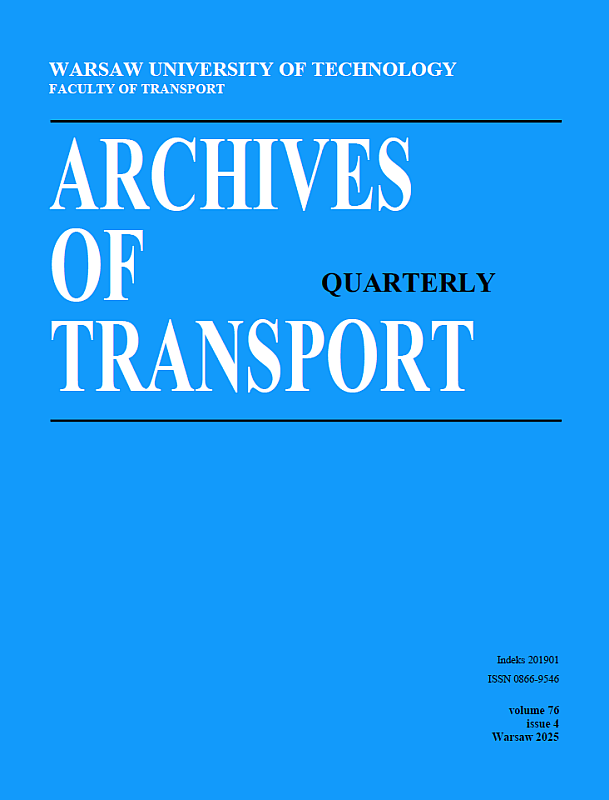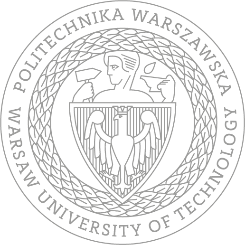Most Viewed Issue
Current Issue

Archives of Transport (ISSN: 0866-9546 | E-ISSN: 2300-8830)
Archives of Transport is a Scopus-indexed journal focusing on advancing knowledge in key areas of the transportation field. It is dedicated to publishing high-quality scientific research that encompasses a wide spectrum of topics, including Transport Engineering, Transport Management, Optimization, Logistics, Industrial Plants, Transport Infrastructure, Railway Infrastructure, Road Infrastructure, Transhipment Infrastructure, Ecology of Transport, and Telematics in Transport.
Mission and Emphasis
Archives of Transport is on a mission to provide an influential platform for researchers and professionals to contribute to the understanding and advancement of transportation systems and related domains. The journal places a strong emphasis on scientific rigour, excellence, and the exploration of innovative solutions to address the multifaceted challenges confronting the transport industry.
Editor-in-Chief: Prof. Marianna Jacyna (Warsaw University of Technology, Poland)
More in About the Journal section.
350 EUR (1500 PLN)
Article Processing Charge (APC)
14 days
Submission to first decision
180 days
Submission to publication
14 %
Acceptance Rate





